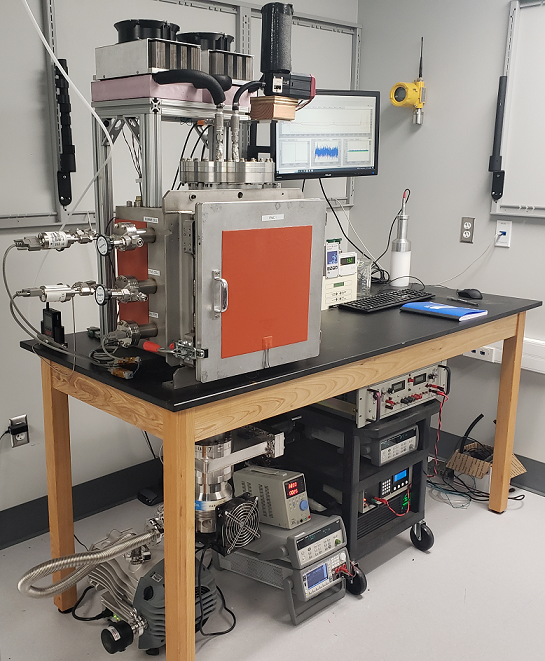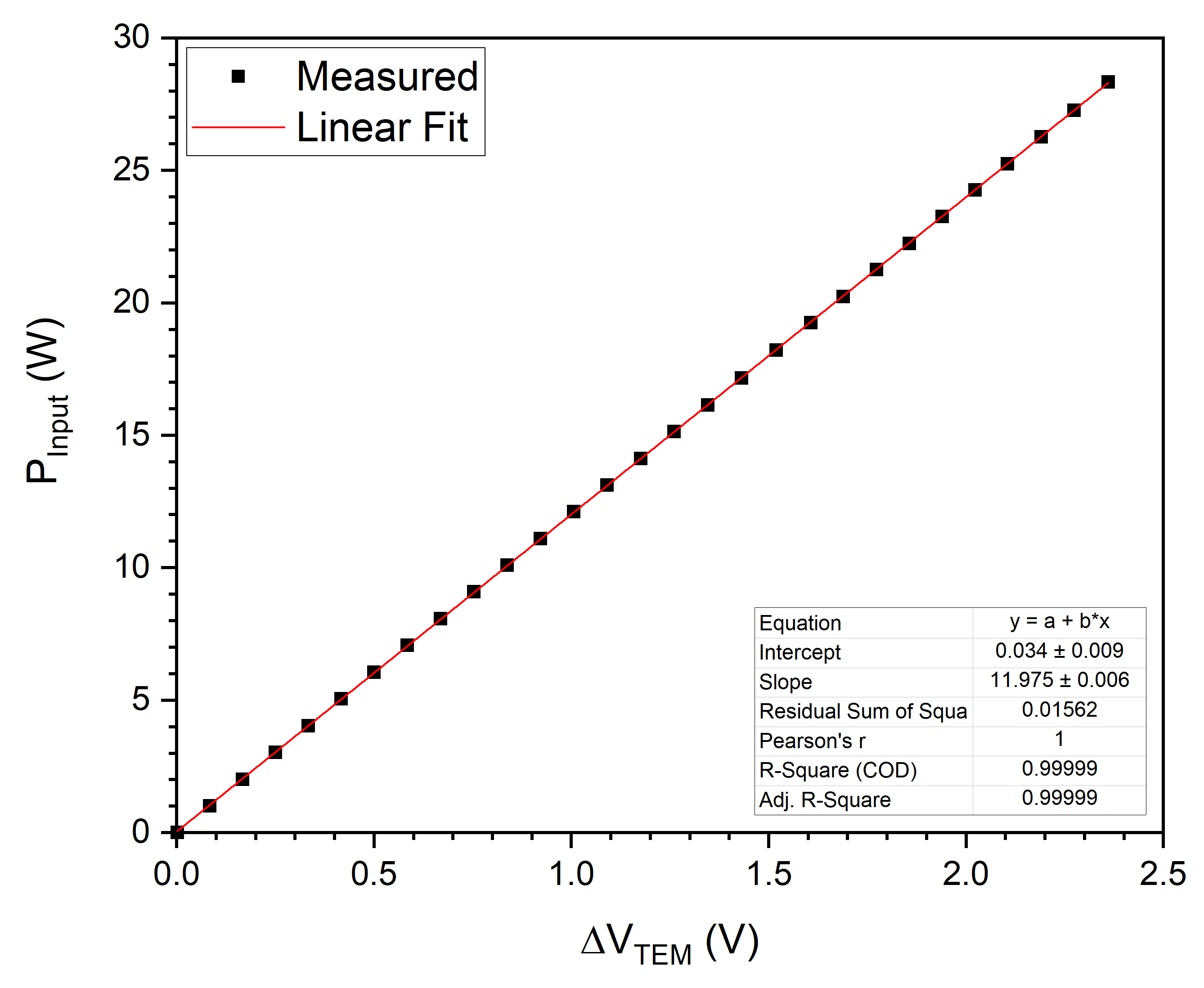Center for Emerging Energy Sciences








Precision Metrology & Precision Measurement Science:
Vacuum Calorimeter
An open-system differential vacuum calorimeter was design and developed at our laboratory.
A calorimeter is used to measure the heat output of a system contained within the
calorimetric boundary. The calorimeter is contained within the vacuum vessel, and
operated in the Knudsen regime, to eliminate nonlinear convective losses. Superinsulation
has been used to reduce radiative transfer with-in the vacuum vessel. A differential
calorimeter approach was used to improve the calorimetric response via common-mode
rejection.
A scroll pump (Edwards nXDS15i) and 6-inch turbomolecular pump (Varian Turbo-V 300HT)
are used to achieve high vacuum (1E-7 torr). Commercially available thermoelectric
modules (TEM) are used both as passive heat-flux sensors as well as active heat pumps.
The heat pumps are utilized to control an isothermal reservoir to provide a reference
temperature for the passive TEMs. A custom fabricated liquid cooled heat-sink has
been utilized to remove waste heat generated by the heat pumps. The active TEMs are
controlled via a bipolar proportional-integral-derivative (PID) controller (TE Technology
TC-720); the control reference is a 15 kΩ thermistor embedded into isothermal reservoir.
The calorimeter was designed to house two containers, an active container, and a control
container. Two different container styles were also evaluated: a wet container used
for electrochemical cells, and a dry container used for gaseous environments. Operating
temperature is limited to 250 °C because of the heat pumping capability of the TEMs
used to control the isothermal reservoir temperature. The calorimeter was designed
for input powers ranging from 1 mW to 28 W; linear calibration up to 28 W yielded
a Pearson's r exceeding 0.999.




